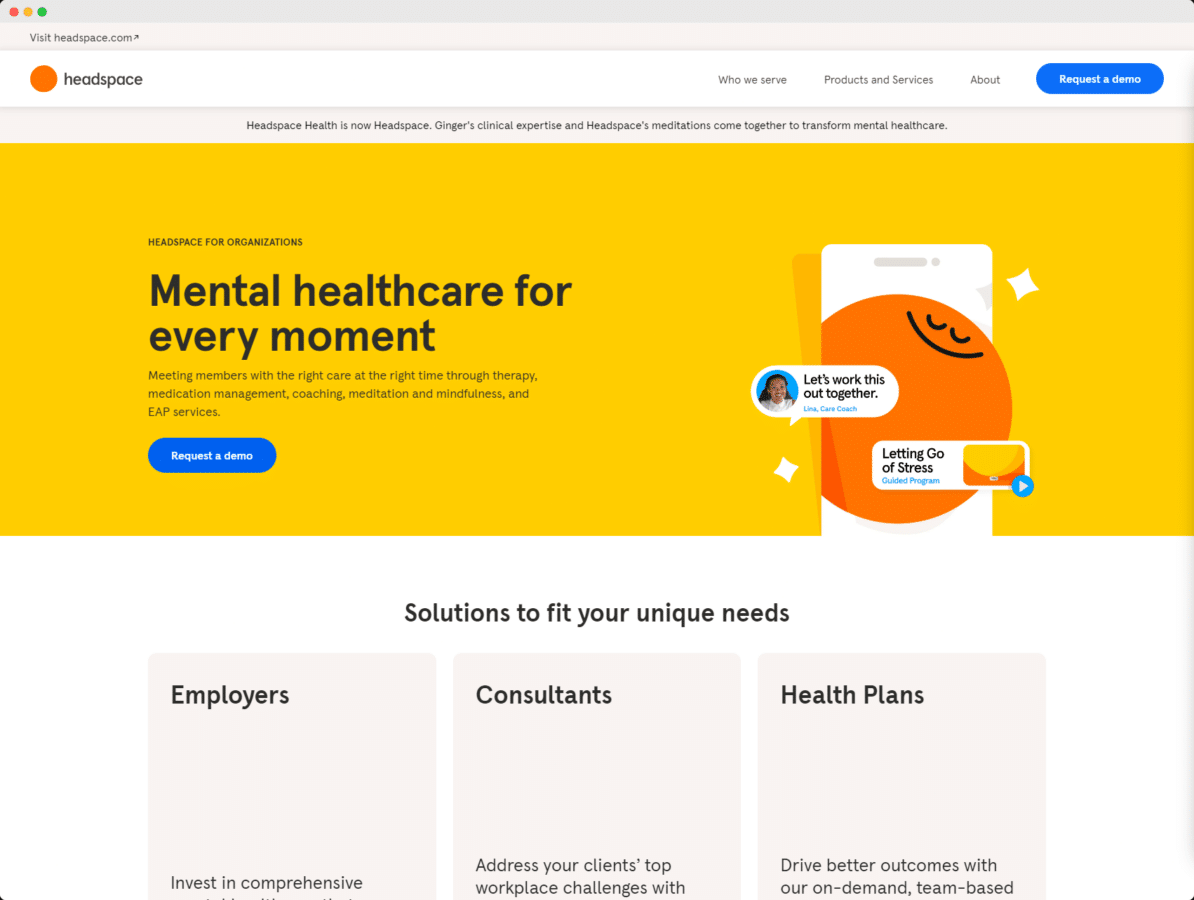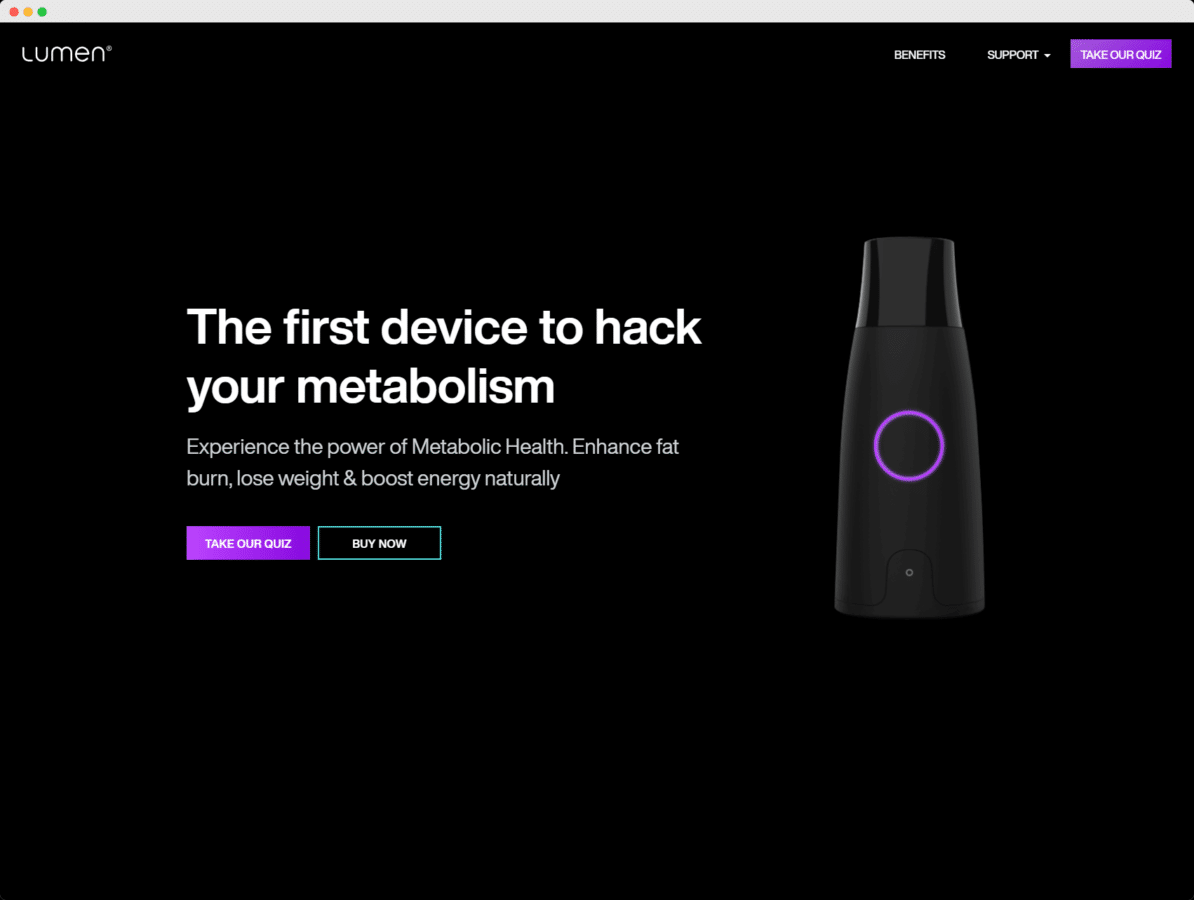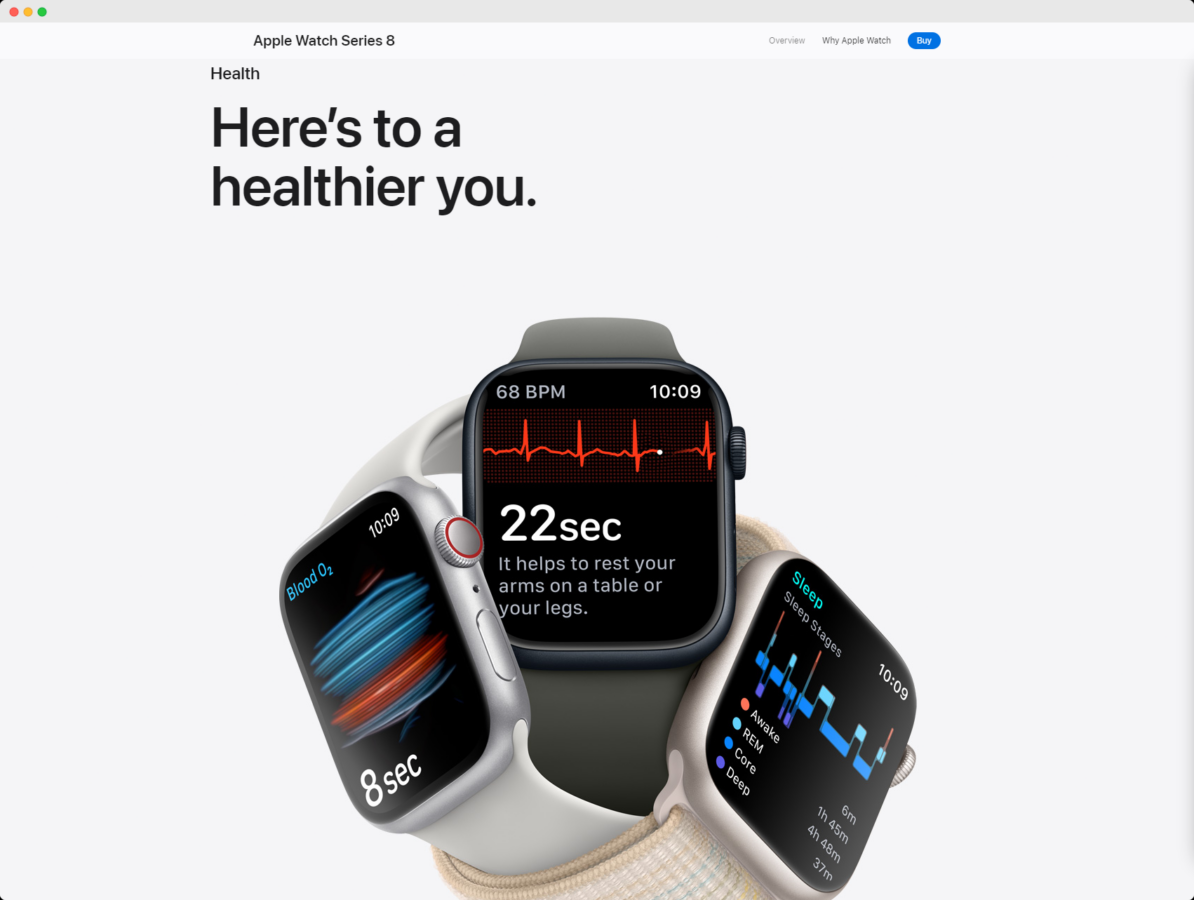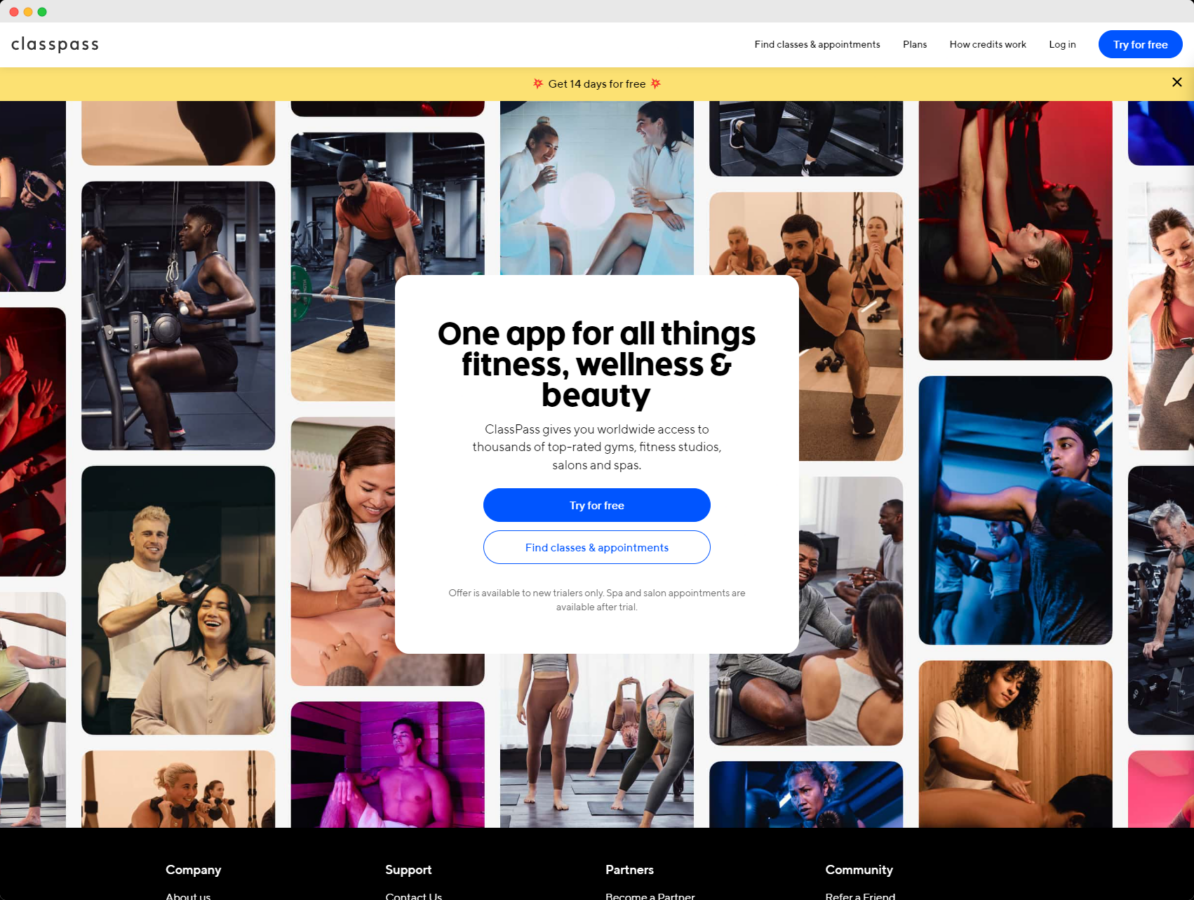Wellness is not a static state but a dynamic process of adapting and evolving to changing circumstances. It is influenced by many factors, such as our environment, lifestyle, genetics, and preferences.
As the world becomes more complex and uncertain, wellness becomes more important and challenging.
Fortunately, technology can help us achieve and maintain wellness in various ways.
From mindfulness to AI, here are some of the latest innovations and trends in wellness that you should know about.
Mindfulness
The practice of being present and aware of your thoughts, feelings, sensations, and surroundings. Mindfulness can help reduce stress, improve focus, enhance creativity, and boost happiness. Many apps and devices can help you cultivate mindfulness, such as Headspace, Calm, Muse, and Core. These tools can guide you through meditation sessions, track your brain activity, provide feedback, and gamify your progress.

AI
Artificial intelligence is the ability of machines to perform tasks that normally require human intelligence, such as learning, reasoning, and decision-making. AI can help you optimize your wellness by providing personalized insights, recommendations, and interventions. For example, Lumen is a device that measures your metabolism through your breath and gives you nutrition advice based on your goals. Viome is a service that analyzes your gut microbiome and creates a customized diet plan. Woebot is a chatbot that uses cognitive behavioural therapy to help you cope with depression and anxiety.

Wearables
Devices you can wear on your body or attach to your clothing that can monitor your health and fitness data, such as heart rate, blood pressure, sleep quality, calories burned, steps taken, etc. Wearables can help you track your wellness goals, motivate you to stay active, alert you to potential health issues, and connect you with other users. Some popular wearables are Fitbit, Apple Watch, Garmin, and Xiaomi.

Hyper-personalisation
Tailoring products and services to users based on their preferences, behaviour, and feedback. Hyper-personalization can help you enhance your wellness experience by providing more relevant and satisfying options. For example, ClassPass is a platform that allows you to access thousands of fitness classes across different studios and locations based on your preferences and availability. Spotify is a music streaming service that creates personalized playlists based on your listening history and mood.

Interconnectivity
The state of being connected or linked with other people or things. Interconnectivity can help you improve your wellness by creating a sense of community, belonging, and support. For example, Peloton is a company that offers interactive online fitness classes that allow you to join live or on-demand workouts with other users and instructors. Strava is a social network for athletes that allows you to share your activities, compete with others, and join clubs and challenges.

These are just some examples of how technology can enhance wellness in different ways.
However, technology is not a substitute for human connection, compassion, and care.
Technology should be used as a tool to complement and empower our wellness journey, not as a crutch or a distraction.
If you are interested in learning more about the latest innovations and trends in wellness, join us at TechHR 2023, the largest HR technology conference in Asia.
You will hear from experts and leaders in the wellness industry, network with peers and partners, and discover new solutions and opportunities for your organization.
Don’t miss this chance to be part of the future of wellness. Register now!





